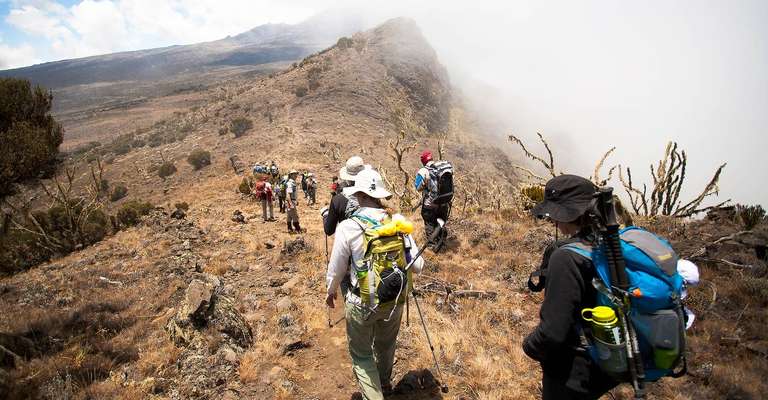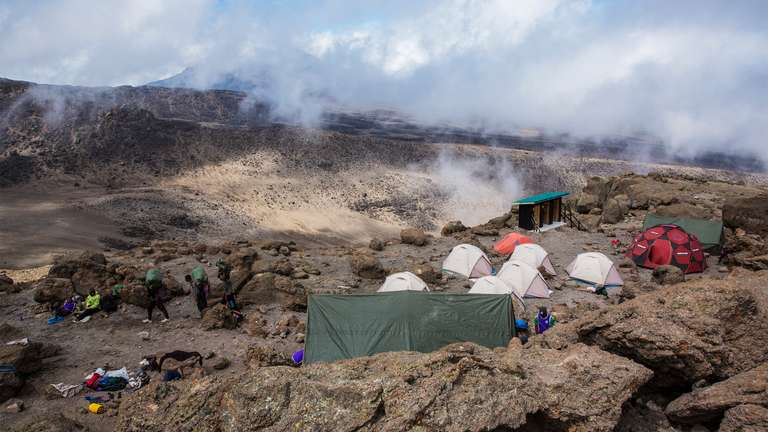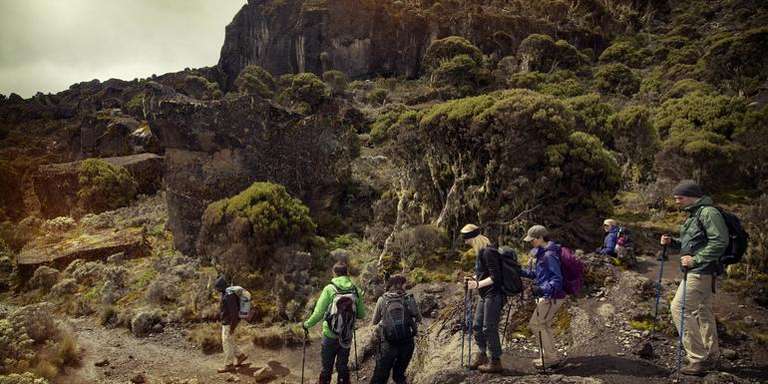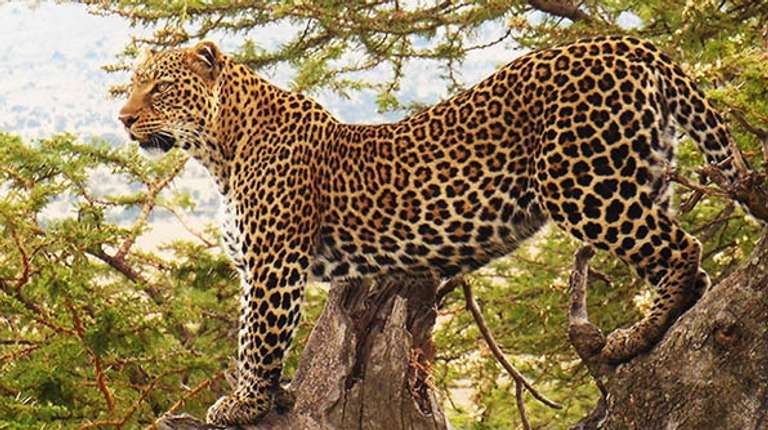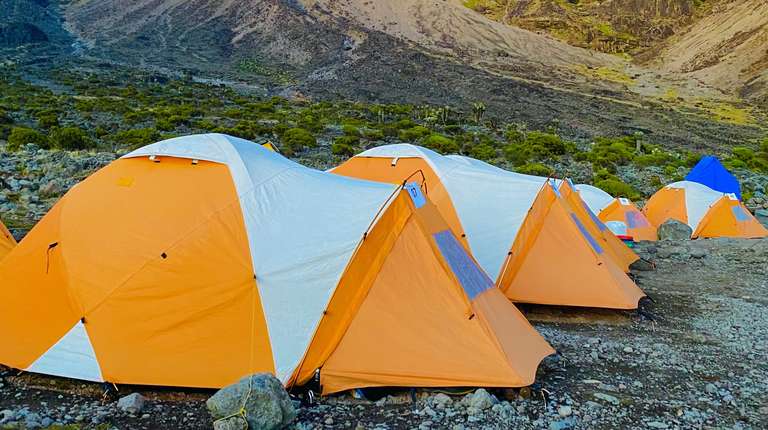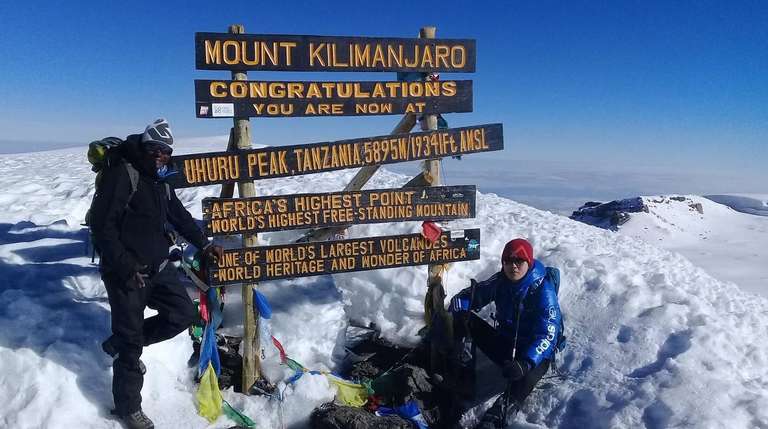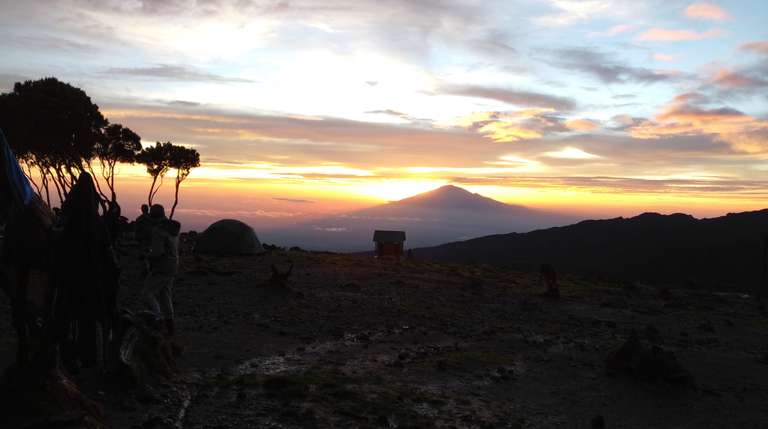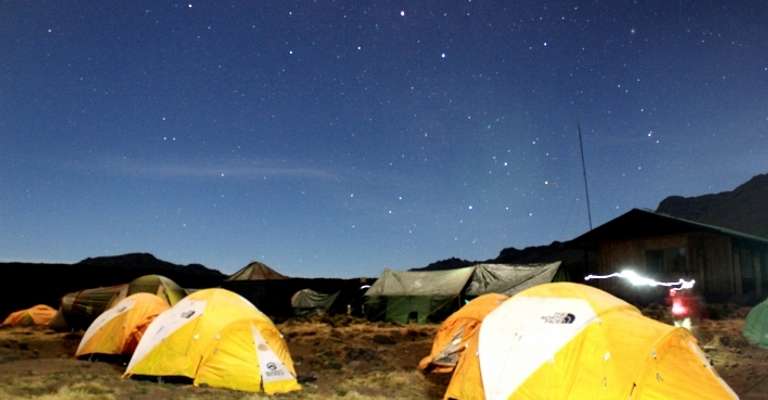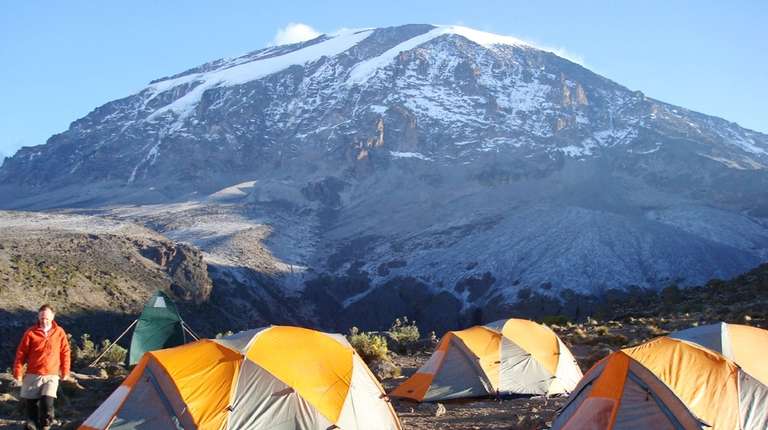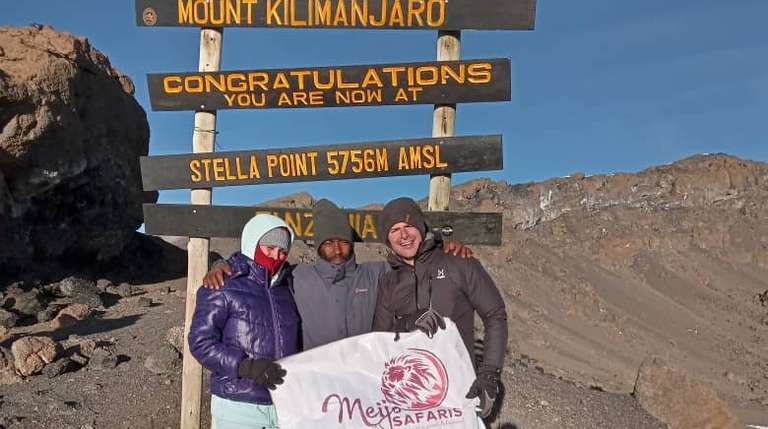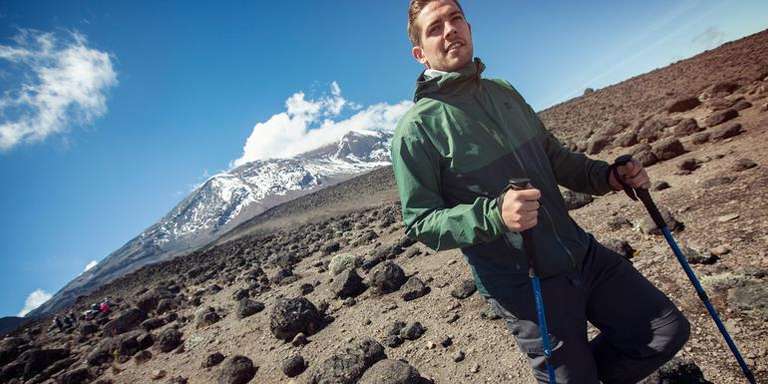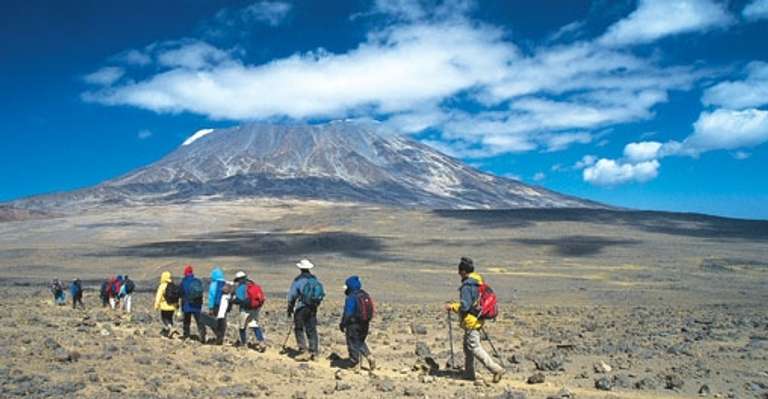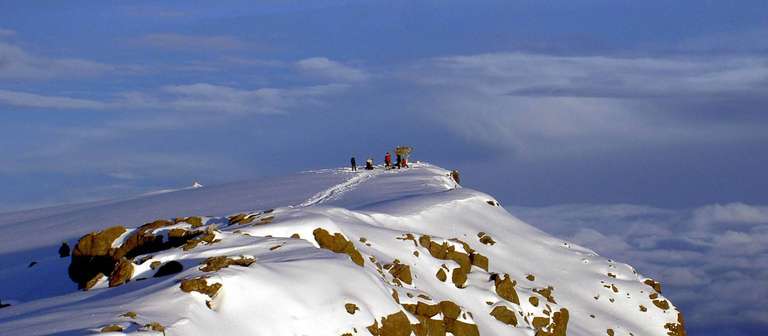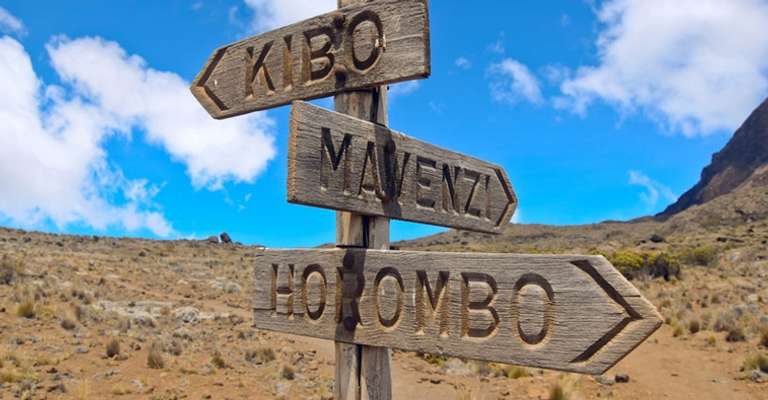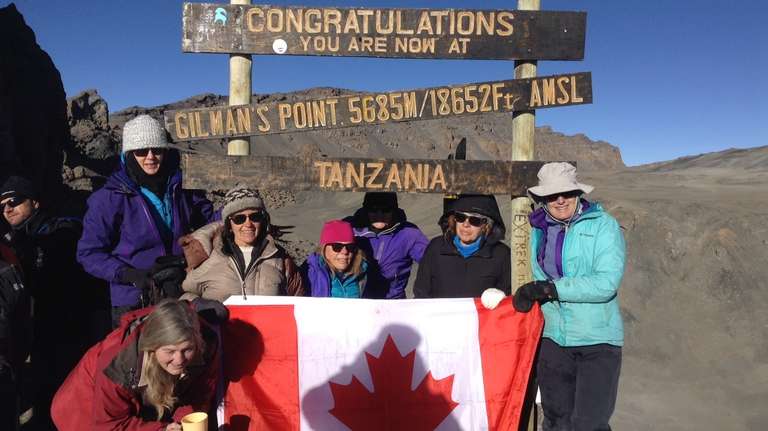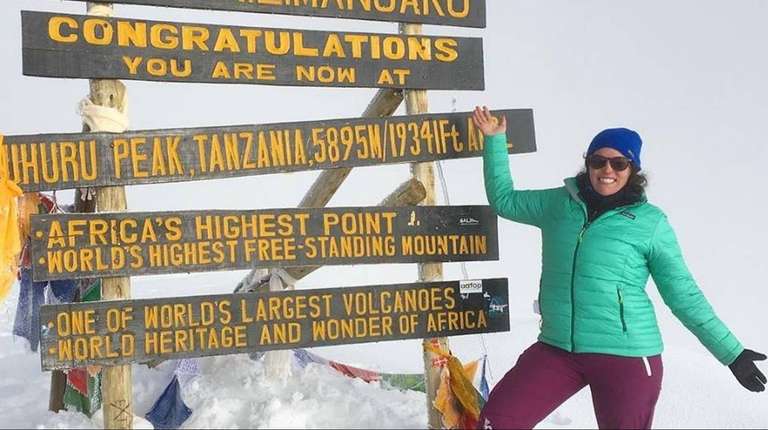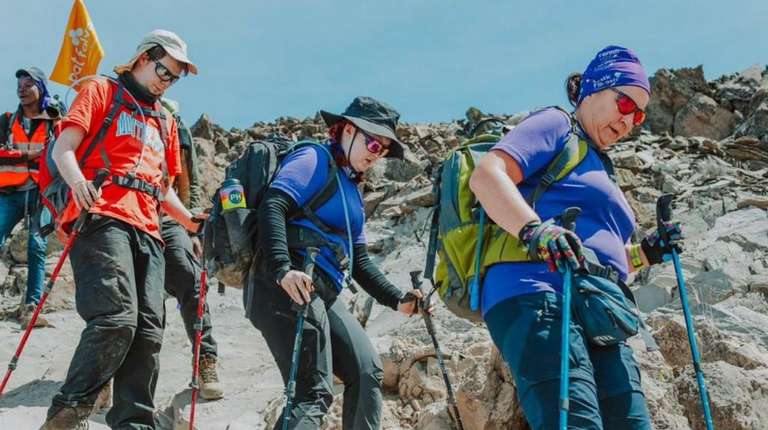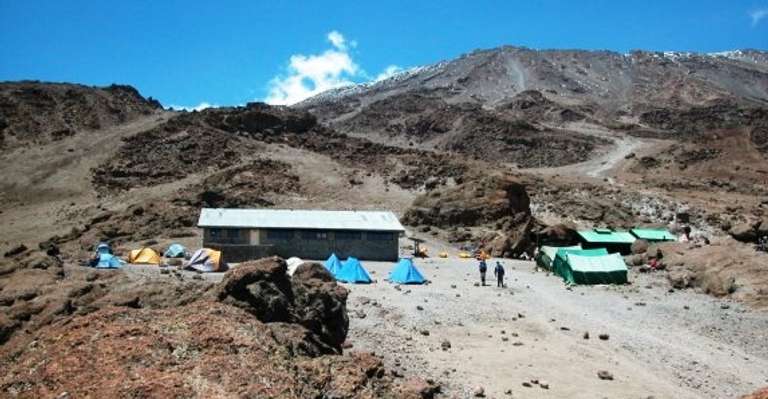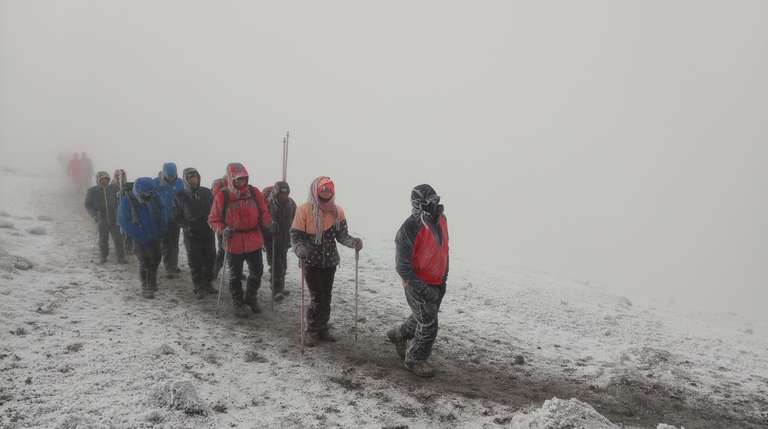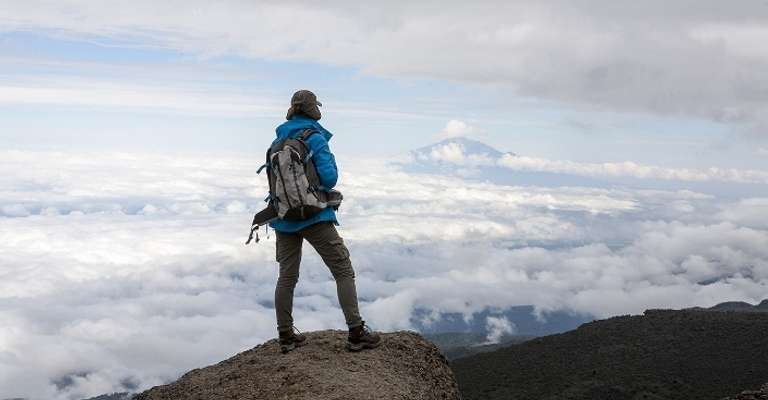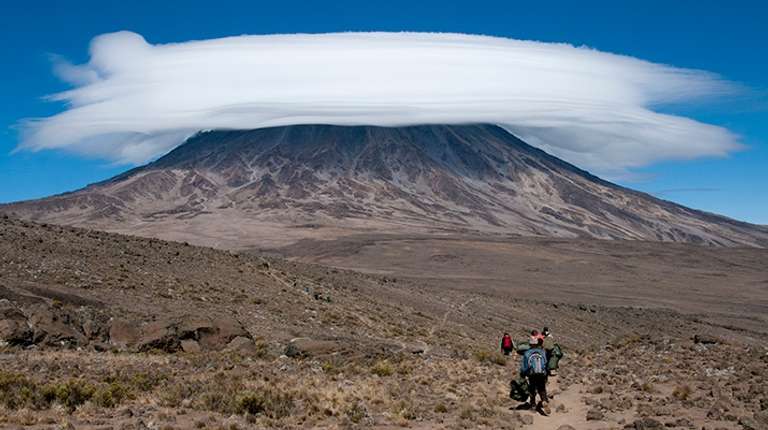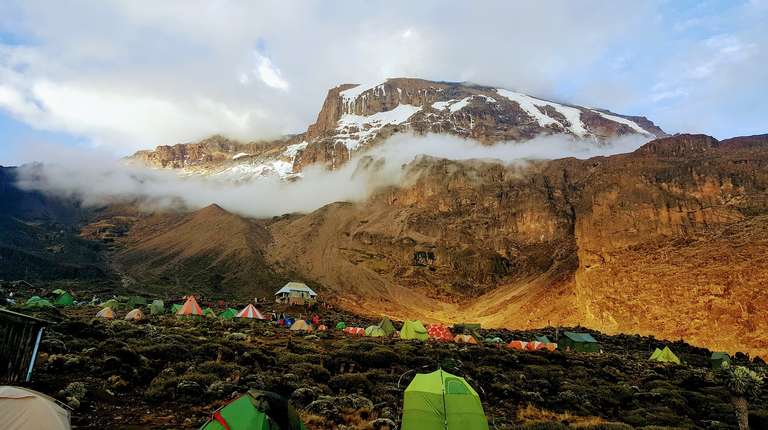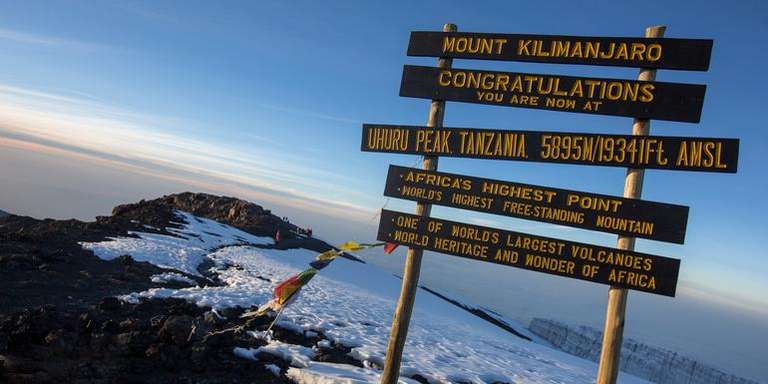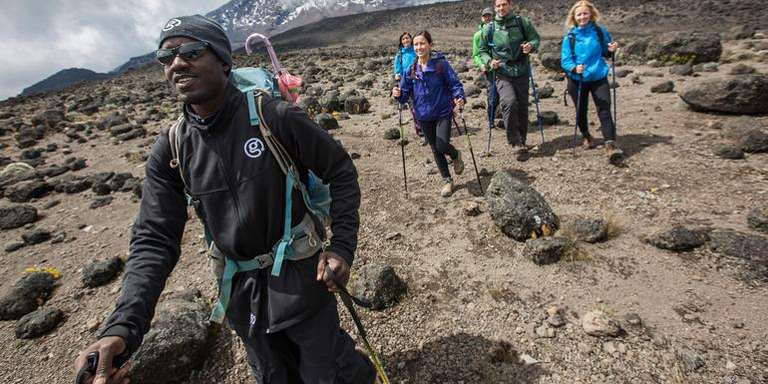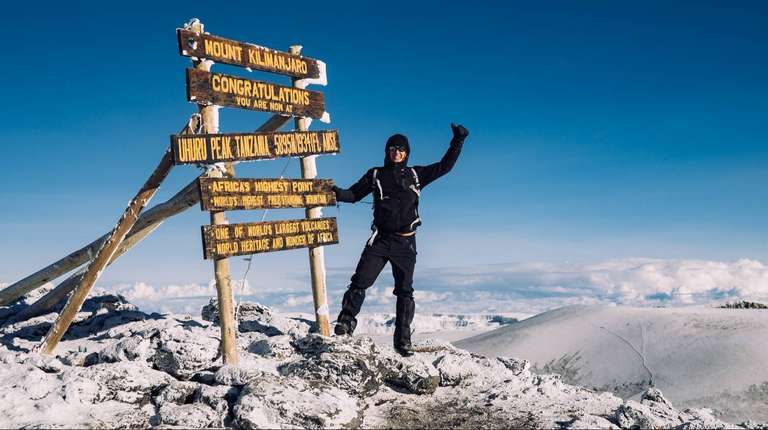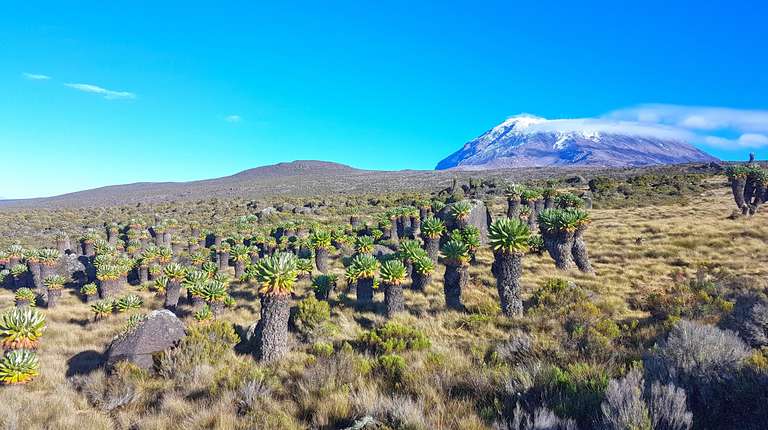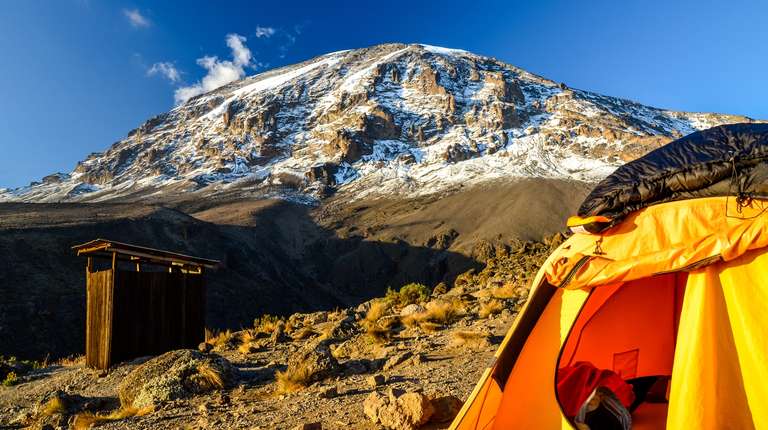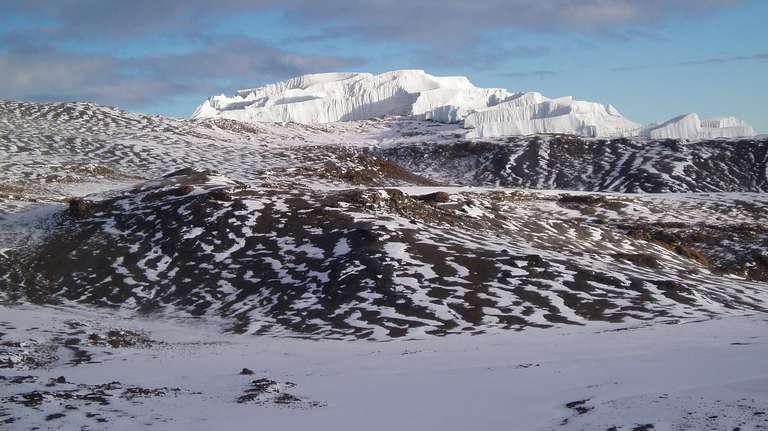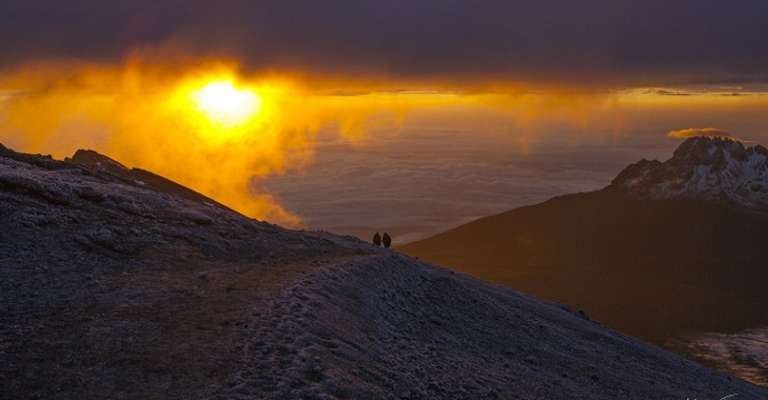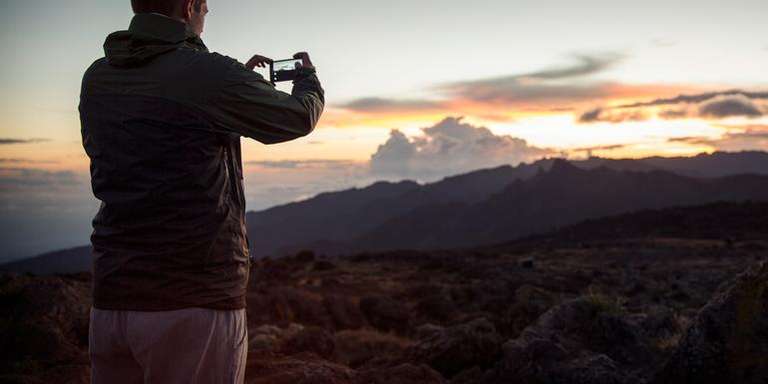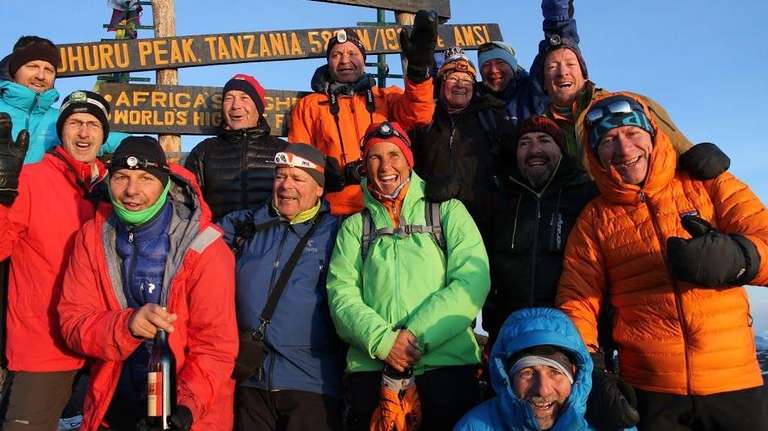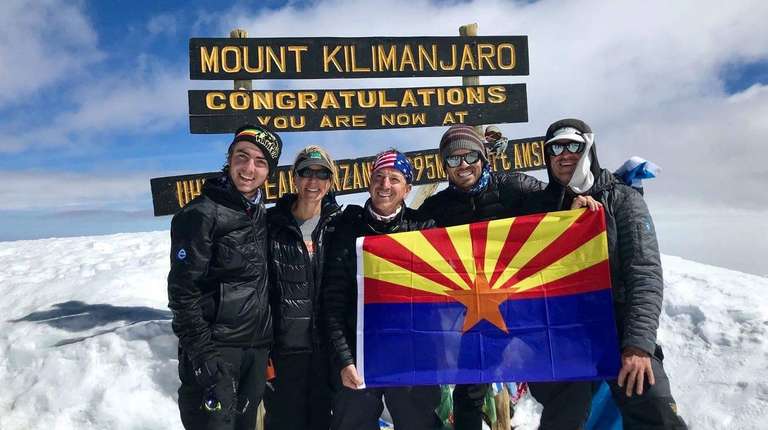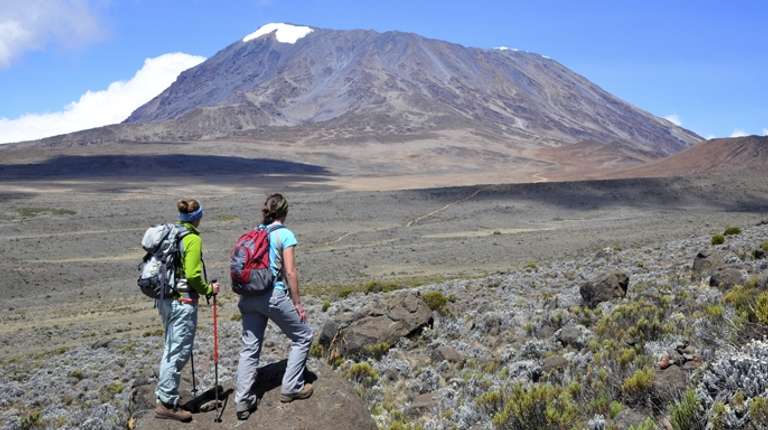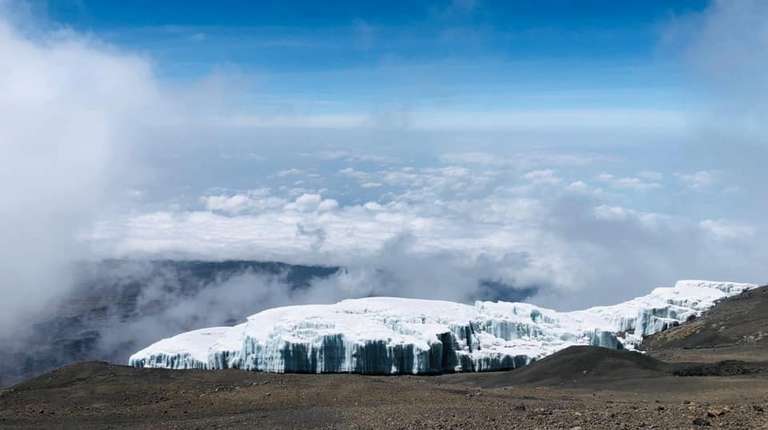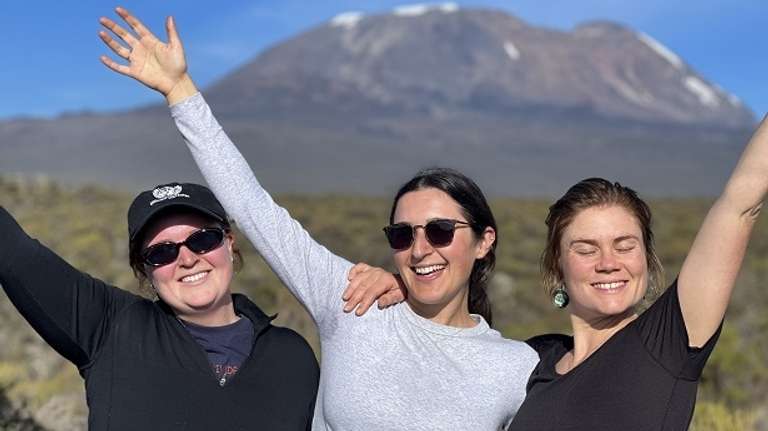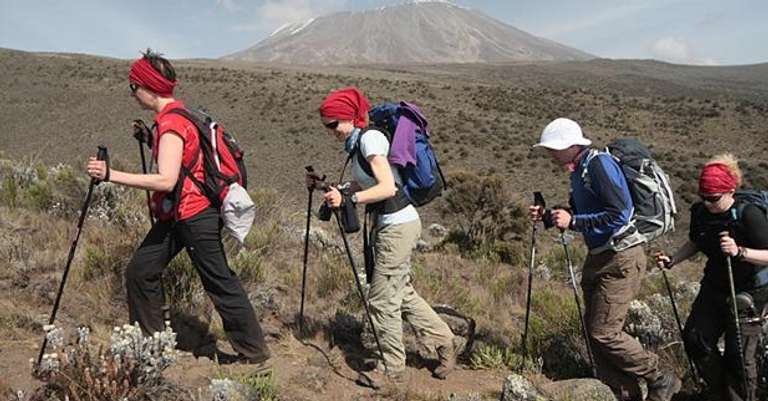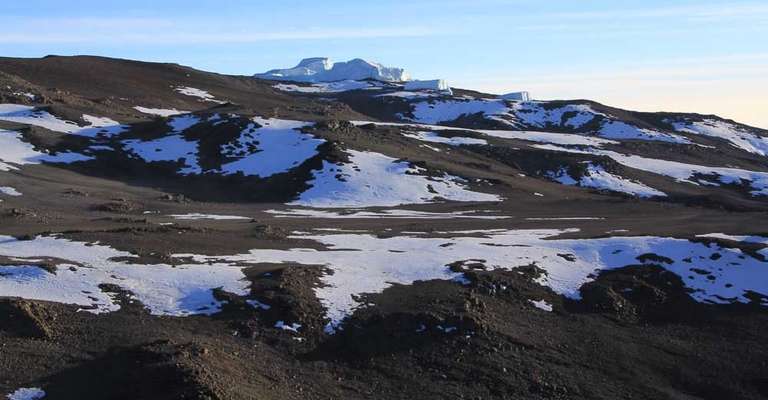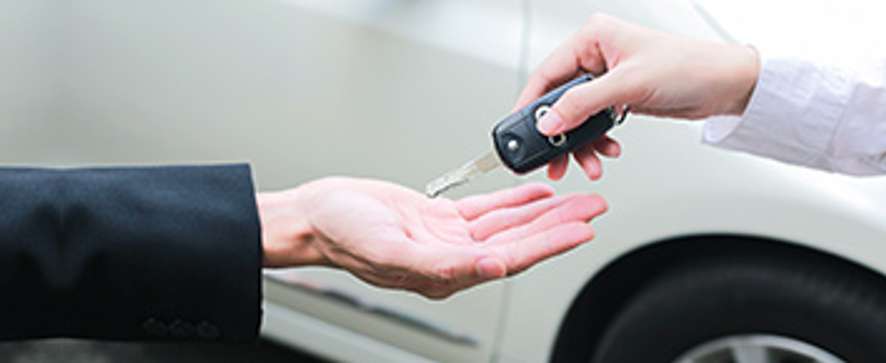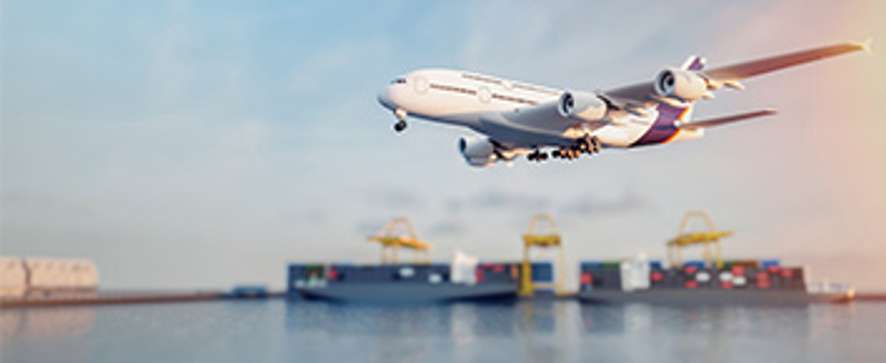Climbing Kilimanjaro: The 7 Best Kilimanjaro Routes

- Dikash Kashyap
- From
- Dikash Kashyap
- From
- Sophia Loren
- From Tanzania
- Pooja Kumari
- From

Known as the “Whisky Route”, Machame is the most popular of the Kilimanjaro routes. It is a fairly challenging route with some great scenic diversity and a good success rate. One reason for its popularity is its pro-acclimatization terrain. Despite being more difficult, it has a paradoxically higher success rate than Marangu, because many inexperienced and unprepared climbers choose the Marangu route, and head back when they realize it's more difficult than they expected. Machame has exceptional views throughout the trek and has a lot of diversity of terrain, from rainforests to moorlands and dry deserts. However, since it's the most popular route, it is not possible to avoid crowds, especially during the high season.
| Cost | Difficulty | Distance | Duration |
| 62 km | 6 to 7 days |

Marangu is the easiest route to Mt. Kilimanjaro. It is suitable for people who want to hike on well-defined paths and avoid any steep climbs. The main distinction it has from other Kilimanjaro routes is the availability of sleeping huts on it, thereby eliminating the need for camping. For this reason, it is often referred to as the “Coca Cola” trail, as Coca Cola is available in the number of huts along the trail.
The Marangu route is great during the rainy season due to the availability of sleeping huts. It is also the cheapest route as not many porters are needed to carry camping equipment, and the starting point is close to Moshi, thereby reducing transportation costs. Due to its relative ease, it is also a crowded route. So, only take this route if you don’t mind crowds. These days, its popularity has been dwindling because most people have found the Marangu route to be a bit too crowded and boring, especially because it confines you to one part of the mountain and has very little scenic diversity.
| Cost | Diffculty | Distance | Duration |
| 72 km | 5 to 6 days |

Lemosho is the pumped up version of the Machame route. For the first two days of the route, you walk through scenic rainforests while soaking in the African wilderness. No other route compares to Lemosho when it comes to wilderness in the early stages. After having trekked through low altitude rainforests for a couple of days, the Lemosho route merges with the Machame route all the way up the mountain and during the descent.
| Cost | Diffculty | Distance | Duration |
| 70 km | 7 to 8 days |

Rongai is a relatively easy route and a great alternative to the Marangu route. For those who shun crowds and want more scenic diversity than the Marangu trail while retaining well-trodden paths, Rongai is the perfect choice. Do note, however, that Rongai is a bit more expensive than Marangu, especially because the Rongai Gate is far away from Moshi and hence transportation costs add up.
| Cost | Diffculty | Distance | Duration |
| 73 km | 6 to 7 days |
5. Umbwe – around 4% of climbers

Renowned as the most difficult route to Kilimanjaro, Umbwe is perfect for hardy trekkers looking for a challenge in secluded parts of the mountain. To add to the difficulty, Umbwe has a steep climb all the way to the top. However, a point to be noted is that due to the lack of pro-acclimatization terrain, the Umbwe route has a very low success rate, compared with the other Kilimanjaro routes.
| Cost | Diffculty | Distance | Duration |
| 53 km | 5 to 6 days |
6. Shira – less than 1% of climbers

This is the only route on Kilimanjaro where you will be driven in and thereby skip walking through the rainforest. This is also one of the reasons why less than 1% of climbers go for this route. The Shira route is difficult and it approaches Mt. Kilimanjaro from the west. Moreover, it is also not considered a very acclimatization-friendly route as there is a sizable gain in altitude on the first night itself, making it less safe. However, the Shira route is scenically very beautiful and offers exquisite views of the mountain. After a few days of secluded climbing, it merges with the Machame route, which is where the traffic considerably increases.
| Cost | Diffculty | Distance | Duration |
| 56 km | 7 to 8 days |
7. Northern Circuit – low % of trekkers due to longer duration

The northern route is the newest of the Kilimanjaro routes. Moreover, it is the longest route both in number of days on the mountain and the distance covered. It begins in the west just like the Lemosho route, then diverges towards the north from the Buffalo Camp in a clockwise roundabout direction, which is why it’s called the northern circuit. This 9-to-10-day route offers the best acclimatization opportunities and has extremely high success rates. Plus, you get some spectacular views of the mountain from various vantage points on the route. Moreover, since it is a new route it does not have much traffic either. However, due to the greater number of days on the mountain, climbing from this route is relatively more expensive.
| Cost | Diffculty | Distance | Duration |
| 98 km | 9 days |

